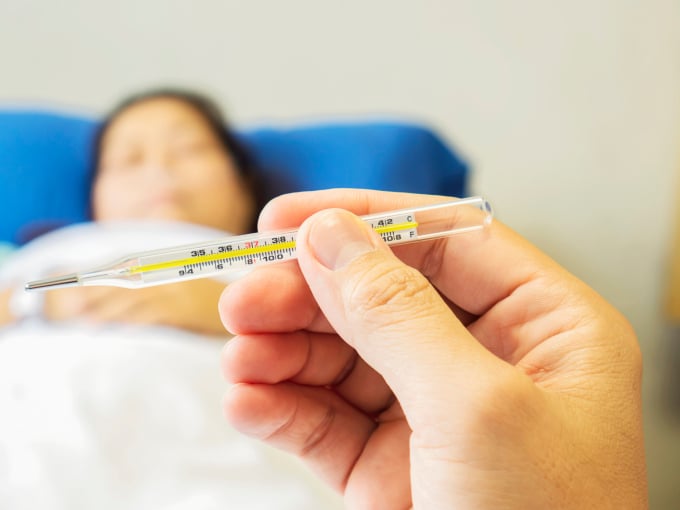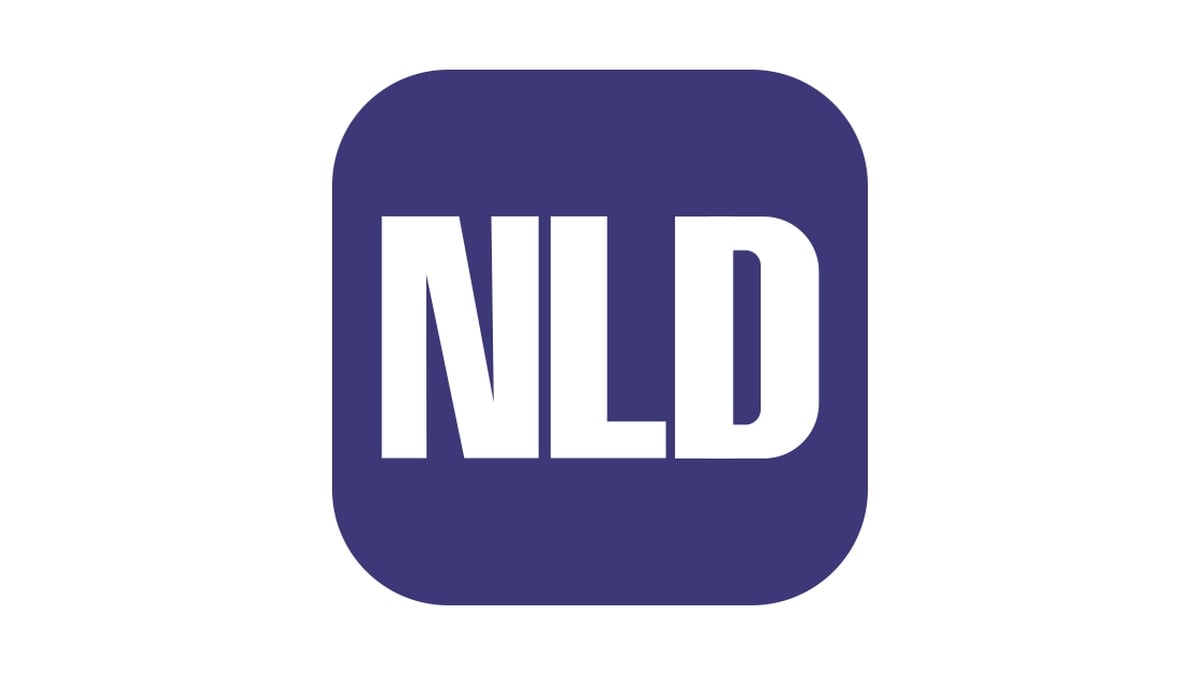Rubbing alcohol does not reduce fever, but instead reduces skin temperature, making the child's fever higher, which can cause alcohol poisoning.
The changing seasons make children susceptible to illness, causing high fever, fatigue, and discomfort... Some people believe that massaging with alcohol or wiping the body with an alcohol-soaked towel will help children reduce fever faster. However, there is no scientific evidence for this, and on the contrary, it is dangerous for children.
Rubbing alcohol (isopropanol) evaporates quickly after being applied to the skin, thus providing a rapid cooling effect. However, the drop in skin temperature signals the brain that the child is cold, causing vasoconstriction and further increase in body temperature. In addition, alcohol can be absorbed through the skin or inhaled into the lungs, causing poisoning leading to coma.
In addition to rubbing alcohol, families should not give their children high doses of fever-reducing drugs or more frequent doses than prescribed. This does not increase the effectiveness of the drug, but increases the risk of side effects, such as stomach pain and stomach bleeding, and liver damage. Families should not give their children aspirin because it can cause Reye's syndrome.

Children with high fever need to take fever-reducing medicine, rehydrate, and cool down by applying warm compresses and wearing cool clothes. Photo: Freepik
Parents should not arbitrarily give their children antibiotics to treat fever, because the drugs are ineffective against viral diseases and can cause drug resistance if used in the wrong dosage. Sick children should stay away from smokers because they irritate the respiratory system.
Fever is not a disease, it is a sign that the child's body is fighting an infection or pathogen. Families should not be too worried, need to monitor the child's body temperature and intervene when the child has a fever above 38.5 degrees Celsius. Safe interventions include cleaning the child's body with warm water to reduce discomfort in a short time, dressing the child in cooler clothes, and giving the child plenty of water. Parents can give their child fever-reducing medicine as prescribed by the doctor and give them more rest.
Families should take their children to the hospital if they have symptoms such as: difficulty breathing, shortness of breath, cough, diarrhea or vomiting, earache, infrequent urination, severe headache, not eating, stiff neck, rash, difficulty breathing or chest tightness, pain in the chest or abdomen, confusion, disorientation, fainting, swollen glands.
Chile (According to Verywell Health )
Source link


































































































Comment (0)